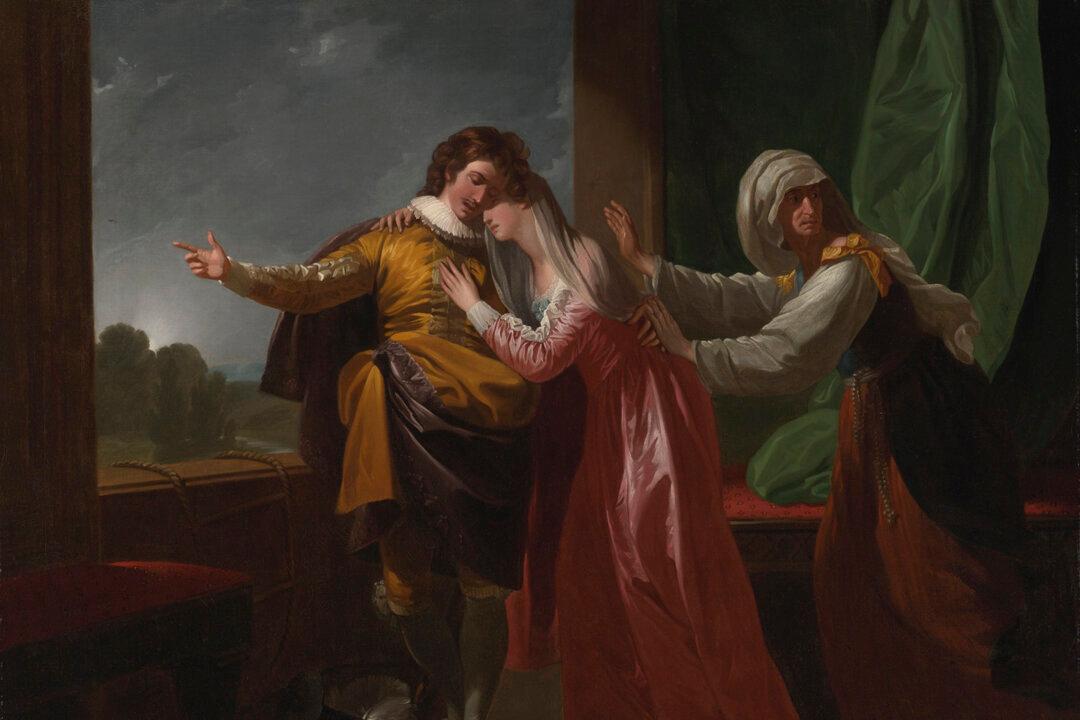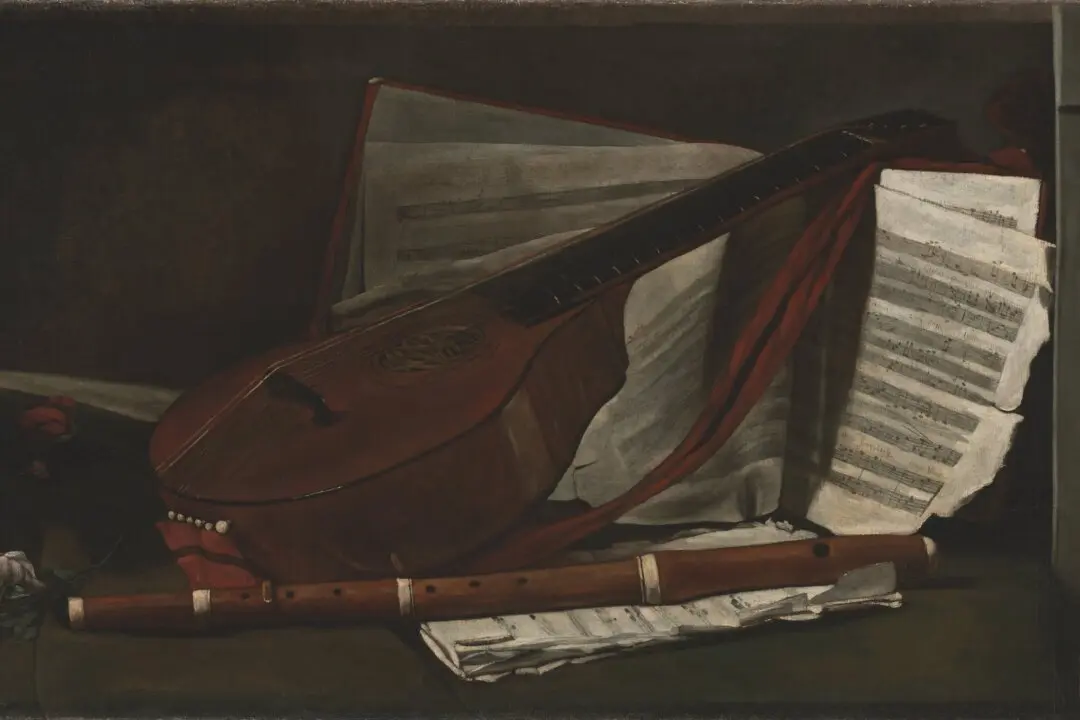Classical composer Pyotr Ilyich Tchaikovsky (1840–1893) is well known for his Christmas-themed ballet, “The Nutcracker.” Another of his compositions has worked its way into the fabric of society, but isn’t a household name. His “Overture-Fantasy,” a standalone work recreating the love story between Shakespeare’s “Romeo and Juliet,” was one of his celebrated works.
Premiering in the late 1800s, and written at the request of one of his mentors, the 20-minute movement is a great introduction to Tchaikovsky’s repertoire and can be heard in many contemporary movies and TV shows.





